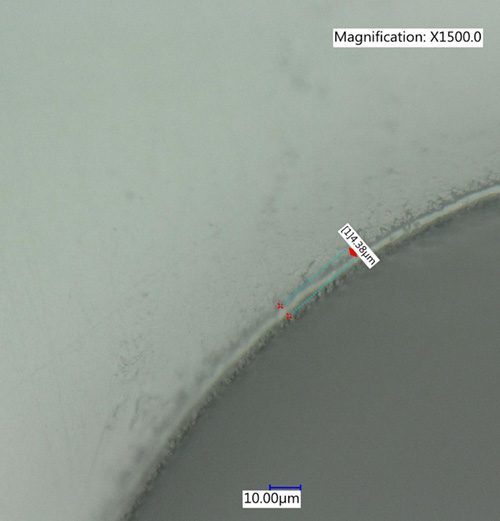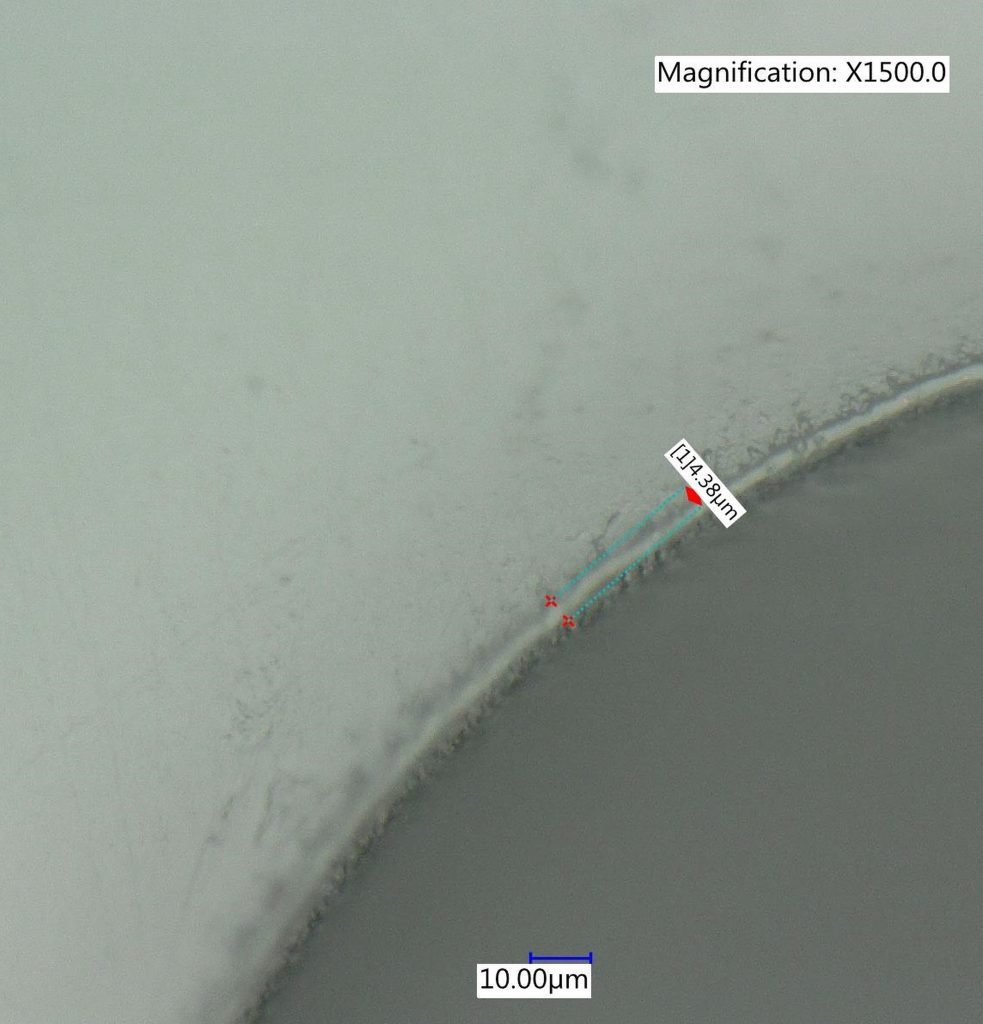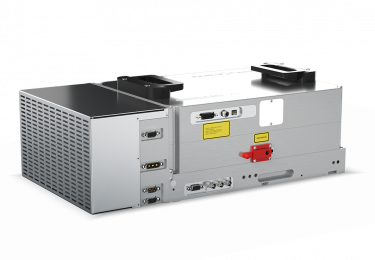
PMMA has excellent optical properties and is suited for many applications. PMMA is also known as acrylic or acrylic glass. It is a transparent, ultraviolet (UV) light, and scratch-resistant, lightweight, rigid thermoplastic material with an excellent optical transmission.
PMMA is a tough plastic that exhibits glass-like qualities at half the weight and with up to 10 times the impact resistance. It is a great alternative to the high cost glass and is widely used as a shatterproof replacement for glass.
Due to PMMA’s excellent optical clarity, high light transmission, and scratch resistance, it is widely used in the manufacturing of LCD/LED tv screens, laptops, smartphones display as well as electronic equipment displays. PMMA is also used as cover materials in solar panels because of the excellent UV resistance and light transmission, which allows high energy conversion efficiencies. Furthermore, the material is high purity and easy-to-clean and can be used to fabricate incubators, drug testing devices, and storage cabinets in hospitals and research labs.
Ultrafast pulses give a high precision
The growing use of PMMA in medical device and display manufacturing demands a high-precision micro-machining process to create fine features.
Ultrafast lasers have delivered high-quality solutions to similar challenges in the automotive, aerospace, and semiconductor industries. These lasers provide a precise, non-contact micromachining processing technique with a minimal need for post-processing.
Traditionally, longer-wavelength infrared (IR) CO2 lasers have been used to process PMMA. It works well when machining large features. However, thin PMMA films used in display and medical device manufacturing requires precise machining of much smaller features (10-100s of a µm).
High peak-powers remove material instantly
Femtosecond lasers provide a cold ablation micromachining process due to their high peak-power. The high peak-power breaks down the material almost instantly and removes it without affecting the surrounding material. It is an ideal solution to process fine 100s of microns, or smaller, features with a minimal heat-affected zone (HAZ).
An optimized PMMA machining process, using CO2 lasers, has shown a heat-affected zone (HAZ) of up to ≈100 to 400 µm1. A different laser source is required to create 100s of microns, or smaller, features. A high peak-power femtosecond laser can be one of the solutions.
In our application lab, we have processed a thin 100-micron PMMA film using our compact ORIGAMI XP femtosecond laser. Figure 1 below shows a 25-micron diameter percussion-drilled array of holes and a large trepanned 500-micron diameter single hole using infrared wavelength.


The inspection of a large 500-micron diameter hole showed that edge roughness is ≈2.5 µm and HAZ is ≈10 µm. The edge of the 500-micron diameter hole also showed many flakes.


drilled using an infrared ORIGAMI XP laser
Further improvement in hole quality was achieved by using a green wavelength. Holes drilled using the green ORIGAMI XP are shown below. The use of a green wavelength laser clearly shows improvement in the edge quality as well as a reduction in HAZ. We observed very clean edges with HAZ reduced to ≈4.5 µm.


Conclusion
Our results show that our ORIGAMI XP femtosecond laser is well suited to machine PMMA films. We have seen that using infrared wavelengths to process PMMA films yields much better quality than a long-pulse laser CO2 laser. A green wavelength laser can improve quality even further.
Summary
Our results demonstrate that femtosecond pulses, delivered by NKT Photonics’ ultrafast lasers, are well suited for micromachining of thin glass.

The ORIGAMI XP is the first all-in-one, single-box, microjoule femtosecond laser on the market. The laser head, controller and air-cooling system are all integrated in one small and robust package, with a footprint so small it even fits into a hand-luggage!
The ORIGAMI system is based on a compact monolithic chirped pulse amplification platform capable of delivering up to 70 μJ pulse energy at 1030 nm, a 5 W average power, and a pulse duration below 400 fs.


